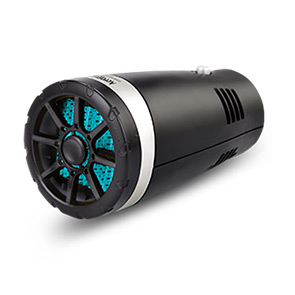clutch hydraulic pipe
Understanding Clutch Hydraulic Pipes Essential Components of Modern Vehicles
The automotive industry has seen significant technological advancements over the years, particularly in the way vehicles handle power transmission. One of the critical components related to this is the clutch hydraulic system, which utilizes hydraulic pipes to ensure smooth operation and efficient power transfer from the engine to the transmission. Understanding the role and functionality of clutch hydraulic pipes is crucial for both automotive professionals and enthusiasts.
What is a Clutch Hydraulic System?
A clutch hydraulic system is integral to a vehicle's manual transmission. Unlike traditional mechanical linkages, which rely on cables, hydraulic systems use fluid pressure to engage and disengage the clutch. This transition between engagement and disengagement is vital for the smooth shifting of gears and overall driving experience.
At the heart of this system are the hydraulic pipes, which transport hydraulic fluid from the master cylinder to the slave cylinder. When the driver presses the clutch pedal, a piston in the master cylinder creates pressure in the hydraulic fluid, which travels through the hydraulic pipes to the slave cylinder. The slave cylinder then activates the clutch mechanism, allowing the driver to shift gears seamlessly.
The Importance of Hydraulic Pipes
Hydraulic pipes serve several crucial functions within the clutch hydraulic system. Firstly, they ensure the efficient transfer of hydraulic fluid, which is essential for activating the clutch mechanism. Any leaks, blockages, or damage to these pipes can lead to fluid loss, resulting in clutch failure or difficulty in shifting gears.
Moreover, the design and material of hydraulic pipes affect the overall performance of the clutch system. Typically made from high-quality rubber or reinforced plastic, these pipes are engineered to withstand high pressure and resist wear and tear. Their durability is essential, as the clutch system operates under substantial stress during regular driving conditions.
clutch hydraulic pipe

Common Issues and Maintenance
Like any component of a vehicle, clutch hydraulic pipes can experience issues over time. Common problems include leaks, which can lead to a loss of hydraulic pressure, making it difficult for the clutch to engage or disengage properly. Other issues may include cracks or swelling in the pipes, often caused by exposure to extreme temperatures or harsh driving conditions.
Regular maintenance of the clutch hydraulic system is crucial to prevent such issues. This includes regularly checking for leaks in the hydraulic pipes, ensuring that the fluid levels are adequate, and replacing worn or damaged components promptly. Vehicle owners should also be aware of any changes in clutch feel, such as a spongy pedal or unusual noises during engagement, as these can indicate underlying issues with the hydraulic system.
The Future of Clutch Hydraulic Systems
As vehicles continue to evolve, so do their components, including clutch hydraulic systems. Advances in technology are leading to the development of more efficient and reliable hydraulic systems. The introduction of electronic clutch control systems, for instance, is becoming more prevalent, allowing for greater precision in clutch operation and improving overall vehicle performance.
Additionally, innovations in materials science are resulting in the production of lighter, more robust hydraulic pipes. These advancements can contribute to improved fuel efficiency and reduced emissions, aligning with the automotive industry's shift towards sustainability.
Conclusion
Clutch hydraulic pipes are essential components that play a vital role in the performance of a vehicle's transmission system. They ensure smooth transitions between gears and contribute to the overall driving experience. Regular maintenance and awareness of potential issues are crucial for keeping the clutch hydraulic system functioning optimally. With ongoing technological advancements, the future of clutch hydraulic systems looks promising, paving the way for even greater efficiency and performance in modern vehicles. Understanding these components helps both automotive professionals and enthusiasts appreciate the intricacies of automotive engineering, ensuring vehicles remain reliable and efficient for years to come.
-
Upgrade Your Control with Premium Throttle CablesNewsAug.08,2025
-
Stay in Control with Premium Hand Brake CablesNewsAug.08,2025
-
Experience Unmatched Performance with Our Clutch HosesNewsAug.08,2025
-
Ensure Safety and Reliability with Premium Handbrake CablesNewsAug.08,2025
-
Enhance Your Vehicle with High-Performance Clutch LinesNewsAug.08,2025
-
Elevate Your Ride with Premium Gear CablesNewsAug.08,2025
